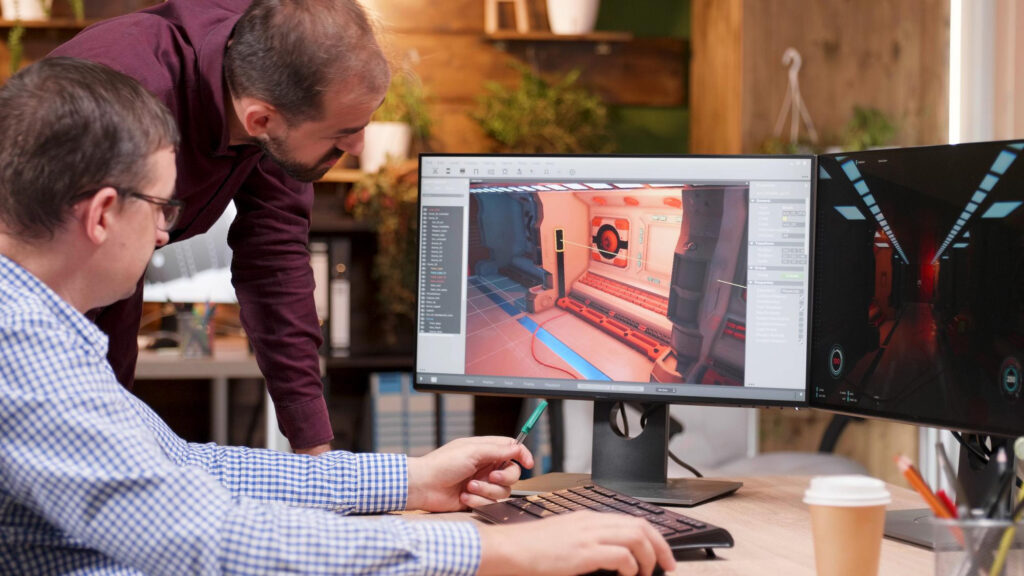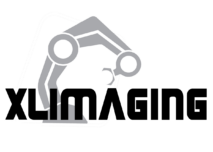We specialize in providing cutting-edge industrial machine vision solutions. Our expertise in computer vision technology allows us to develop innovative solutions that meet the unique needs of various industries. In this article, we will delve into the world of machine vision, exploring what it is, its components, and how it can revolutionize your industrial processes.
What are Machine Vision Solutions?
Machine vision solutions encompass the use of advanced imaging technology to automate visual inspections and perform complex tasks within industrial settings. By leveraging computer vision algorithms, these solutions enable machines to perceive and analyze visual data, replicating or enhancing human visual capabilities.
Machine vision systems utilize cameras, sensors, and specialized software to capture and interpret images or videos. By applying image processing techniques, such as pattern recognition, object detection, and optical character recognition (OCR), these systems can extract valuable information and make critical decisions in real-time.
Components of Machine Vision
To understand the intricacies of machine vision solutions, it is essential to familiarize ourselves with the key components that comprise these systems. Let’s explore each of them in detail:
1. Cameras
Cameras serve as the eyes of the machine vision system, capturing visual data from the environment. Depending on the specific application requirements, various types of cameras, such as area scan cameras or line scan cameras, may be employed. These cameras convert the captured images into digital signals, which are then processed further.
2. Illumination
Proper illumination is crucial for acquiring high-quality images in machine vision applications. By controlling the lighting conditions, machine vision systems can enhance image contrast, eliminate shadows, and improve accuracy. Different lighting techniques, including strobe lighting, backlighting, and ring lighting, are used to optimize image acquisition and ensure consistent results.
3. Optics
Optics play a vital role in capturing clear and precise images. They encompass lenses, filters, and other optical components that help focus and shape the incoming light onto the camera’s sensor. Choosing the appropriate optics based on the application requirements, such as field of view, depth of field, and resolution, is essential to achieve optimal image quality.
4. Image Processing Software
Image processing software forms the brain of the machine vision system. It includes sophisticated algorithms that analyze the captured images, extract relevant information, and perform various tasks. These tasks can range from simple ones like quality control inspections and barcode reading to more complex ones like object recognition and defect detection. The software is customizable and can be tailored to specific industrial processes.

The Main Components of a Machine Vision System
Combining the aforementioned components leads to the creation of a robust machine vision system. Let’s take a closer look at the main components and their interactions:
- Image Acquisition: The cameras capture images of the objects or scenes to be analyzed. The choice of camera type and configuration depends on factors like resolution, frame rate, and environmental conditions.
- Pre-processing: The captured images undergo pre-processing techniques to improve their quality. This may include tasks like noise reduction, image enhancement, and image calibration, ensuring optimal data for subsequent analysis.
- Image Analysis: In this stage, the image processing software performs a range of tasks to extract meaningful information. Algorithms identify objects, recognize patterns, measure dimensions, and detect defects or anomalies within the images.
- Decision Making: Based on the results of the image analysis, the machine vision system makes critical decisions. These decisions can trigger automated responses, such as sorting objects, activating alarms, or adjusting production processes in real-time.
Typical Tasks
Machine vision solutions can be applied to a wide array of tasks across different industries. Here are some common applications:
Quality Control and Inspection
Machine vision systems excel at inspecting products for defects, ensuring consistent quality throughout the production line. They can identify imperfections, measure dimensions, and detect variations that may be imperceptible to the human eye. By automating the inspection process, companies can save time, reduce costs, and minimize human error.
Object Recognition and Sorting
Machine vision systems can accurately identify objects based on their shape, color, or texture, enabling efficient sorting or categorization. This is particularly valuable in industries like logistics, where rapid and accurate object recognition is crucial for streamlining processes such as package sorting and warehouse management.
Barcode Reading
By leveraging OCR algorithms, machine vision systems can swiftly and accurately read barcodes on products or packaging. This enables seamless inventory management, efficient tracking of goods, and reliable traceability throughout the supply chain.

Robotics and Automation
Machine vision solutions are integral to the advancement of robotics and automation. By providing real-time visual feedback, they enable robots to navigate complex environments, perform intricate tasks, and collaborate safely with human workers. This leads to increased productivity, improved safety, and enhanced operational efficiency.
In conclusion, industrial machine vision solutions have become a transformative force in modern industries. By harnessing the power of computer vision, companies can optimize their processes, enhance quality control, and gain a competitive edge. We are committed to delivering tailor-made machine vision solutions that meet your specific requirements, helping you unlock the full potential of this groundbreaking technology. Contact us today to learn more about how we can revolutionize your industrial operations.
